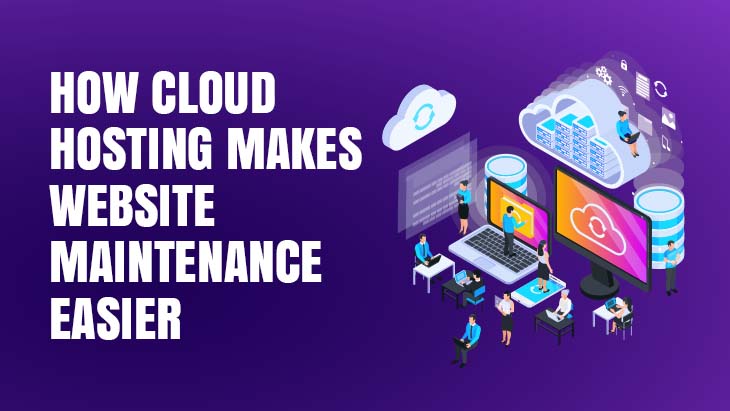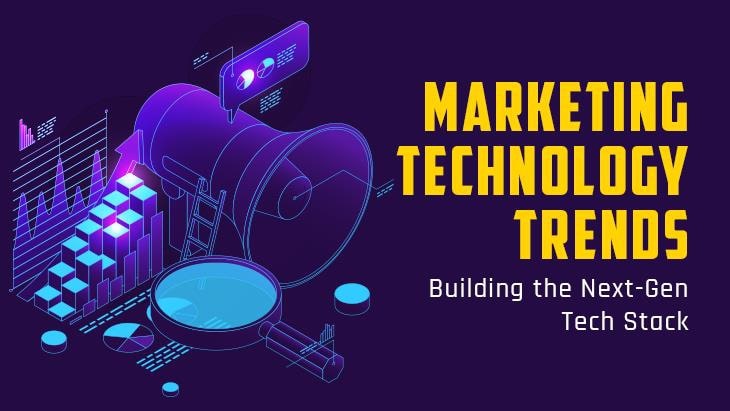On-Page SEO Guide
On-page SEO is the optimization of the structure and content of the website. Whatever that is there on the page like link building, content, and other technical stuff. It is the complete opposite of off-page SEO). Those who are trying to rank a website in search engines like any website owner, blogger, online marketer, or SEO specialist must do on-page optimization to grow and enhance their sites. It is required every time you publish a new blog post, content, or article because on-page SEO is an ongoing process and it needs to be done even if you rank #1 in the search results.
“Ranking” In SEO
In SEO, ranking means the position of your content on the search engine results pages (SERPs). To rank #1 in search results means that people search for a particular keyword got to land on your web page first and that is an excellent thing to achieve because your click-through rates will increase. In SEO, Google looks for information that can be organized and delivered as the relevant search results through:
- Google’s spider visit web pages and crawls the web,
- optimized pages are added to their index and catalog them,
- Google shows the best results based on the search terms upon search by the visitors.
On-Page SEO Ranking Factors
- Crawlable And Accessible Website:
The right kind of URL being one of the most important SEO ranking factors, will help the website easily crawlable and indexed by Google’s bots. Google will visit the URL and look at the page content to understand what that page is about.
- Links:
The web is built on links, thus, in SEO, links are a crucial ranking signal. There are three kinds of links tied to a descriptive anchor text - Inbound links, Outbound links, and Internal links. To audit all outbound and internal links on a website, you can use the Link Extractor by Sitechecker tool.
-
Website Speed:
Page speed is the leading SEO ranking factor for years and Google looks for good users’ experience of the web. and fast-loading web pages will do that. July 2018, Google announced a search engine algorithm update focused on mobile page speed. Slow speed on mobile devices could lead you to penalty by Google.
- Mobile-friendliness:
Your site should be responsive and automatically resizes to fit the device, use large fonts for small screen readability, accessible menus, easy navigation, and ads should not hide content.
- Social Signals:
There is a definitive link between social shares and search engine ranking because the highest-ranking pages in Google search results usually have a lot of shares. If you do more social shares it will lead to generate more traffic to the page itself and make your content more likely to build backlinks.
- Site Structure:
As perfect site structure is easy-to-understood. It helps to make the site more crawler-friendly and improve the user experience.
- Quality Outbound Links:
Link to quality external sources is very important in SEO. You need to fulfill certain conditions while linking - do in moderation, link to quality websites, and links should natural and relevant. Linking out is beneficial for you because what you link to is a signal of what your page is about.
- Keyword Optimization:
In creating new content it is essential because it will help you in finding new topic ideas, find popular, relevant, and easy to rank phrases, and understand what audiences want.
- Image File Name And Alt Texts:
Adding an alt text to every informative image on your website is necessary because search engines can read only the alt text that describes the content of the image.
- Quality Content:
You need a quality criterion to rank your content, SEO feeds on quality content. Your content needs to have the right search intent and answer users’ questions to keep an account on content length and its readability. It is best to cover the topic in the best way possible and think about the user.
- Use Of HTTPS:
Your site must be secured and running on HTTPS. Having a secured website can also help you rank better in SEO. It is helpful when your page is compared to another page having similar quality without an SSL certificate. If your site is not secured, then there your click-through-rate, bounce rate, sales, and credibility will have a negative impact.
- Optimize The CTR:
CTR refers to the ratio of users who click on a snippet in the SERP to the number of total users who visited the link. If your pages look good in search engines, you can generate quality organic traffic with the potential to make conversions.
Final Thought
Start doing a simple SEO audit to find out any existing on-page SEO problems and fix it to optimize your content. You can use the above-mentioned on-page SEO guide about on-page SEO ranking factors and on-page optimization to improve your site. On-page SEO hasn’t really changed, the main function of on-page SEO is to make user’s benefit happen. You can do so by following the on-page optimization checklist or getting help from an SEO Company. The only way for Google to whether a site is user-friendly is through the high engagement rate. Users who spend a longer time reading your content accounts for a high engagement rate. Fulfill the essential things from the on-page SEO checklist as well as an Off-page SEO Guide to improve your search traffic, boost your rankings, and make it a lot easier for you.










![On-Page SEO Ranking Factors [2024] On-Page SEO Guide](https://www.techasoft.com/blog/2020/11/1604728336.jpg)





Post Comments